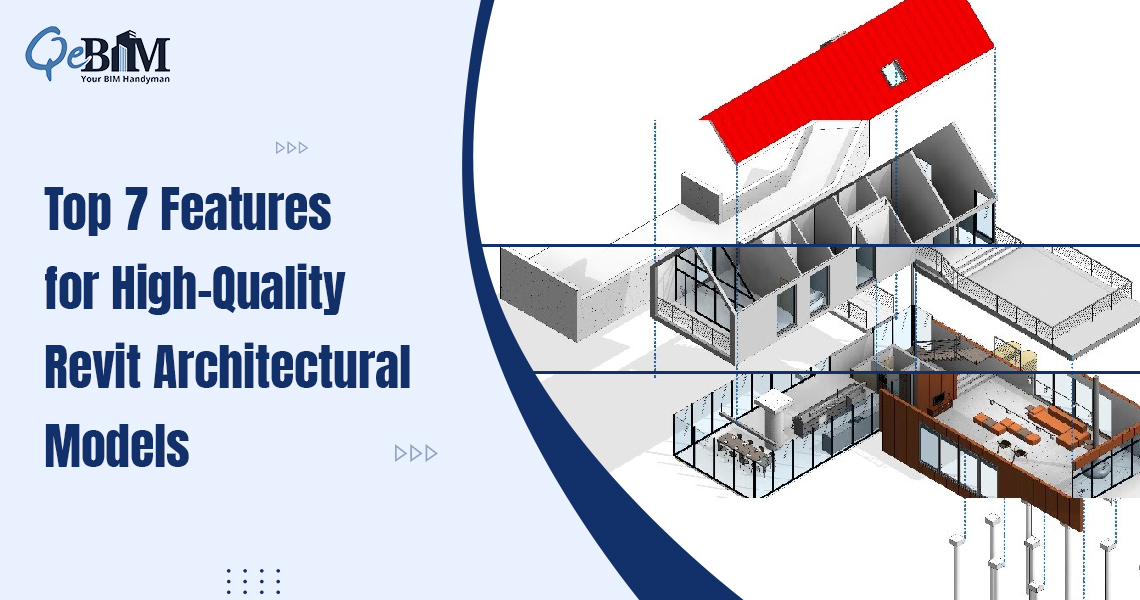Introduction
In the evolving world of BIM, the need for standardized, consistent and machine-readable information exchange has become paramount. As projects grows in complexity and collaboration expands across the diverse teams and software platforms, the clear communication of what information is required — and when — is very much essential. That’s where Information Delivery Specification (IDS) comes into play.
What is IDS?
IDS is an emerging open BIM standard developed by buildingSMART. It defines how to formally express the information requirements for BIM models in a way that is machine-interpretable, human-readable as well as software-agnostic.
Think of IDS as a digital checklist that specifies exactly what data a model must contain including attributes, classifications, properties and even the geometry at different stages of the project lifecycle. This helps the project stakeholders to ensure that the deliverables aligns well with the employer’s information requirements (EIR), BIM execution plans (BEP), and other contractual obligations.
Why Do We Need IDS?
In traditional BIM workflows, requirements are often described using the PDFs, spreadsheets or even the text documents. These formats are:
- Difficult to interpret consistently across the software platforms
- Prone to miscommunication or omission
- Not directly actionable by the software tools
IDS solves these issues by making requirements structured and verifiable. It enables:
- Automation: Tools can automatically validate the models against the IDS rules.
- Consistency: Every stakeholder understands the exact data requirements.
- Interoperability: Requirements can be exchanged across platforms without any distortion.
- Transparency: Clear expectations helps to avoid reworks and disputes.
Key Components of IDS
An IDS file is typically written in XML format and includes the following:
- Applicability – Defines which objects or entities the rule applies to (e.g., all “Doors” or “Concrete walls”).
- Requirements – Specifies the required properties, classifications, values or even the geometry (e.g., “FireRating” must be present and not empty).
- Purpose – Explains why the information is needed (e.g., for cost estimations, energy simulations, or facility management).
- Metadata – Contains versioning, authorship along with the references to the standards.
How IDS Works in Practice?
Imagine a contractor needs to verify that all windows in a model include U-value data for energy performance analysis. An IDS could express:
- Entity: IFCWindow
- Property: UValue
- Requirement: Must be present and numeric
- Stage: Design Development
Using IDS-compatible software, the model can be automatically checked hence ensuring the compliance without any of the manual review.
Benefits Across Project Stakeholders
| Stakeholder | Benefit of IDS |
| Owners/Clients | Clearly defines and tracks the information needs throughout the asset lifecycle |
| Designers | Know exactly what to include in their models |
| Contractors | Ensures that the deliverables meets the contractual requirements |
| Facility Managers | Receive the data-rich models ready for operations and maintenance |
| Software Developers | Build tools that validates and enrich the models using the open standards |
IDS and IFC: A Powerful Combination
IDS is designed to work with IFC (Industry Foundation Classes) i.e. the open standard for the BIM data exchange. While IFC handles how the data is structured, IDS governs what data is needed. Together, they enable the true openBIM workflows thereby allowing the stakeholders to work across the different platforms while maintaining the consistency.
For companies offering the BIM Architectural Services, the adoption of IDS can significantly enhance the quality control and streamline the validation of deliverables thereby ensuring that the models meet both the regulatory and even the client-specific information needs.
Current Status and Tools Supporting IDS
As of 2025, IDS is still in its early stages but gaining the rapid adoption. Tools like:
- bSDD (buildingSMART Data Dictionary)
- IDS Authoring tools from vendors and open-source communities
- Validation tools (e.g., BIM Collab Zoom, Solibri and Revit plugins)
are beginning to support IDS hence enhancing its practical usability across the BIM environments.
Conclusion
IDS represents a significant leap forward in the way BIM information requirements are defined, communicated and verified. As projects continues to demand more data-driven outcomes, the IDS ensures that the BIM models delivers the right information, in the right format, at the right time.
Adopting IDS can help your organization improve the quality, reduce the reworks, foster the collaboration and ultimately deliver the better buildings. As part of the broader openBIM ecosystem, IDS is set to become an industry cornerstone for the structured and verifiable information exchange.
Interested in implementing IDS in your BIM workflows?
Contact our BIM experts for top-notch BIM Modelling Services today and explore how you can integrate IDS into your project delivery process for improved clarity, compliance and coordination.





